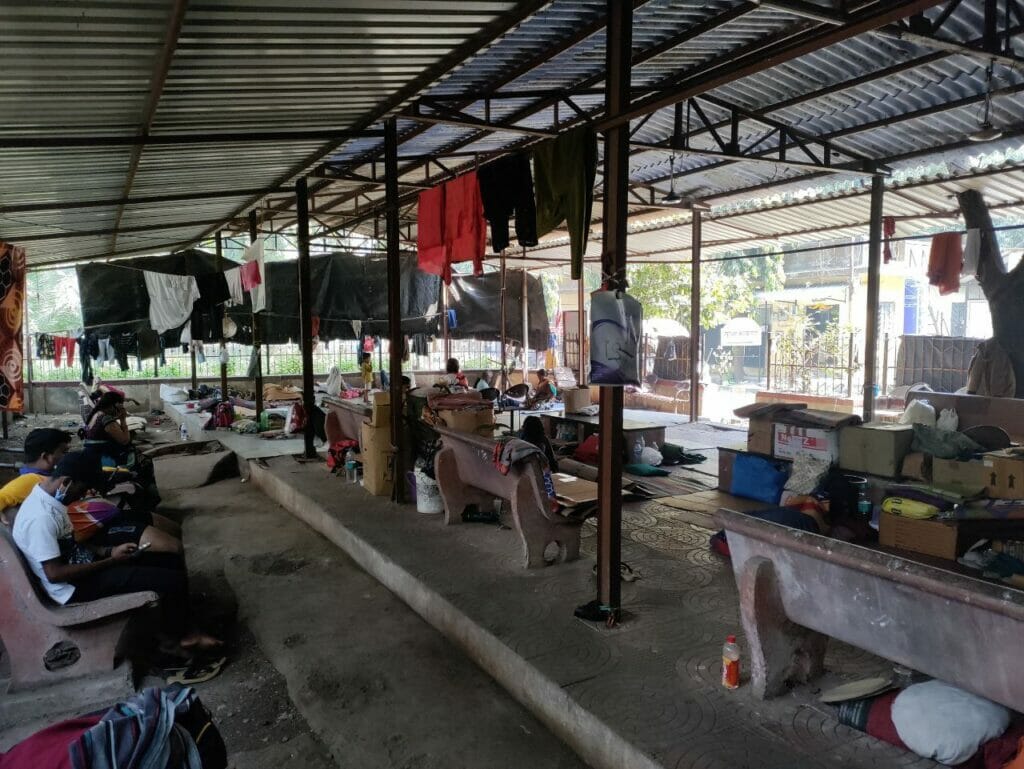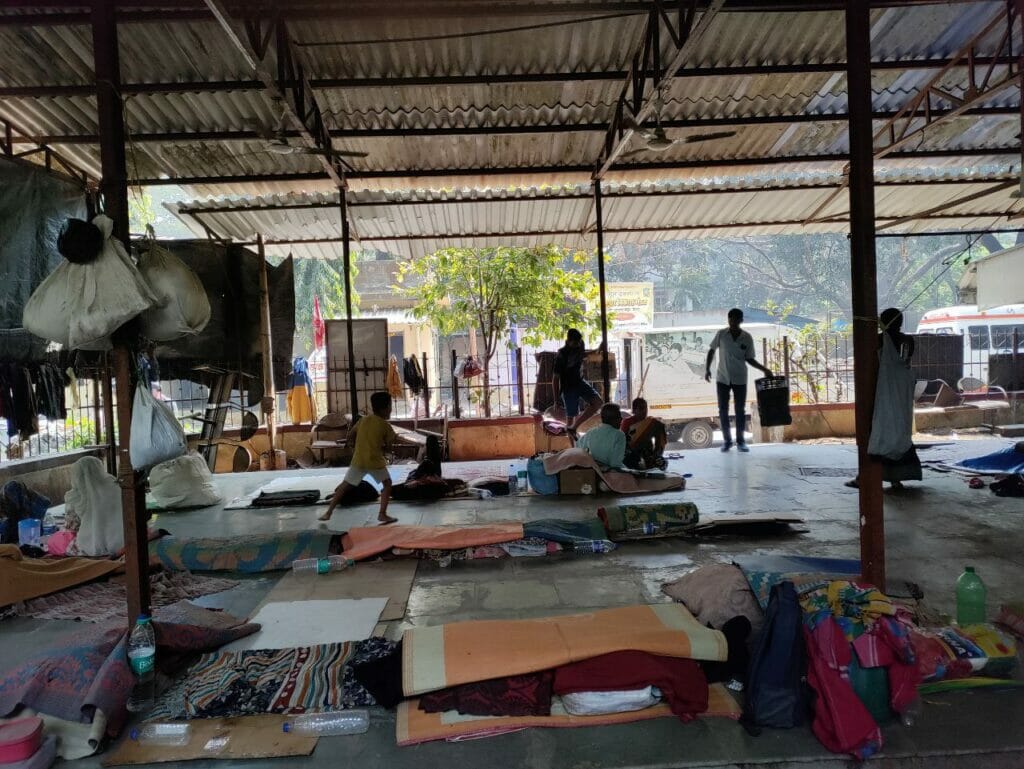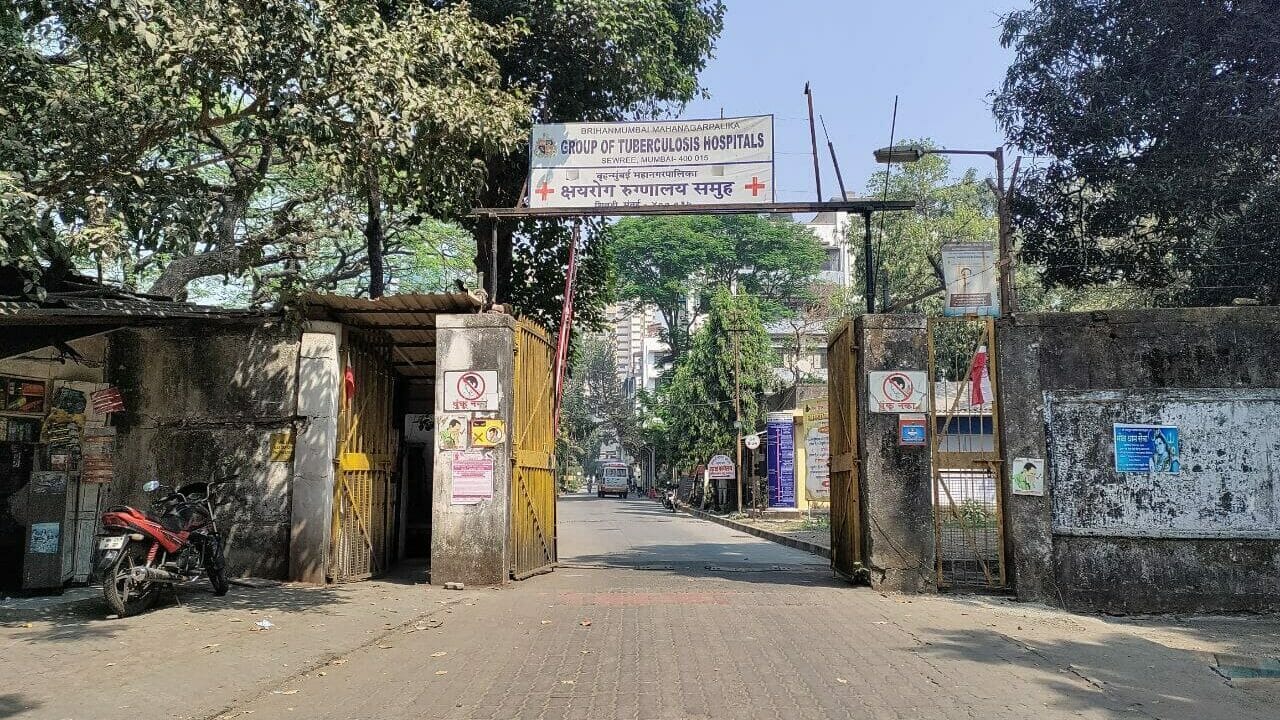Three years ago Shoaib (24) followed Aisha (21, name changed) on Instagram, she followed him back. He was from Nasik and she lived in Ghatkopar. Each was curious about the other, the attraction soon turned into a conversation and then many conversations. Unafraid of losing him, Aisha revealed a crucial detail at the very beginning of what would become a life-long commitment between the two—she had tuberculosis (TB).
Six months after this, when Shoiab told his family about his intention to marry Aisha, it was only expected that her health condition would cause concerns. “I said, ‘So what if she has TB? It can happen to anybody, even an infant’. I didn’t have to explain any further,” he recalls.
The standard treatment for TB cases usually lasts between four to six months and involves a combination of four drugs taken under direct observation of a medical professional or a health worker. This method is known as DOTS, or Directly Observed Treatment. DOTS was developed in the 1990s and has proven to be highly effective in ensuring that patients complete their full course of treatment.
However, failure to adhere to this regimen can lead to drug resistance among TB patients. Lapses in DOTS may contribute to the development of multidrug-resistant (MDR) TB, where the bacteria becomes resistant to first-line treatment, or extensively drug-resistant TB (XDR-TB), where they become resistant to second-line drugs as well. It is also possible to contract either of the two from another person.
The treatment for both can last up to two-years.
Read more: How community health workers conduct annual TB, leprosy survey
For more than two months now, Aisha’s husband Shoaib has been sleeping under an open shade inside Sewri’s Group of TB hospitals as she receives medical treatment for XDR TB. The accommodation, which is shared by nearly 50 people, is far from comfortable. The women sleep on the left side, and the men on the right, with a corridor in between serving as a walkway. While the women’s toilet can be used, the men’s toilet is broken and in an unusable condition.
But none of it matters to him. “When we were planning on admitting her to this hospital, many had warned us that patients don’t return alive from here. All were rumours,” he says. “I am seeing her condition improve here.”

Aisha started showing symptoms like high fever and persistent cough some years ago following which her family took her to local clinics. “Some doctors suspected it was dengue, some told them it could be typhoid,” Shoiab says. It was after doing rounds in multiple hospitals that Aisha was diagnosed with TB.
“She had a knot in her neck, which was cleared. But then the infection spread to her chest. And then she was diagnosed with multi-drug resistant TB. When we came to this hospital in January she was diagnosed with XDR.”
Prior to TB Hospital, Aisha visited Sion Hospital and Rajawadi Hospital for treatment. This is not out of the ordinary, as a study by Mumbai-based Foundation for Medical Research concludes that drug-resistant TB patients tend to travel anywhere between 86 km to 650 km within the city limits mainly to see multiple doctors for their illness.
One of the primary reasons for such movement within the city limits is that patients are often referred from one healthcare facility to another for further treatment and diagnosis, as was the case with Aisha.
A hectic life for caregivers
When Aisha arrived at the facility, she had the emotional support of Shoiab, but he had no one else, being 200 km away from home and family. That changed when he met Abhay and Rohit.
In January, Abhay took an exhausting journey from Kalyan along with his ailing father to admit him to Sewri’s TB hospital. In December, Rohit did the same with his mother from Ulhasnagar.
But even after reaching Sewri, the journey has been no less trying. Despite being the only TB speciality hospital in Mumbai, the facility is lacking in critical testing facilities needed for further investigations in patients with MDR and XDR TB. While the hospital does have a provision for routine blood tests and X-rays, patients can’t have their CT scan done here, nor can they get a sonography and other advanced tests.
For patients like Abhay’s father with MDR TB, this means having to wait in the gloomy corridors of King Edward Memorial (KEM) Hospital, among hordes of other patients with a variety of illnesses, while his son runs around trying to navigate the ins and outs of the large hospital.
Read more: KEM hospital experience shows what unplanned medical expenses mean for the masses
The TB hospital arranges for an ambulance to transport the patient to KEM hospital, which is only a few minutes’ drive away. But once you’re there, you are on your own.
“It is frustrating,” says Abhay. “If they know that TB patients may have to take certain tests, why couldn’t they create testing facilities inside the TB hospital itself? Anytime certain tests have to be done, we have to rush to KEM.”
Senior authorities at the TB hospital say they have been deliberating on introducing more testing facilities within the hospital. They also add that repair works for toilets at the shelter would be carried out soon.
Medicines for TB and the fear of death

Shoaib, Abhay, Rohit — from morning until late at night, the three tirelessly fulfil the caregiving responsibilities that lie on their shoulders. It is a daunting task, involving constant monitoring of their patient’s condition, frequent interaction with the doctors, and making certain that their patients eat as much food as possible to withstand the heavy dosage of medications.
“The treatment for MDR and XDR is like chemotherapy and full of adverse reactions,” says Dr Lalit Anande, former medical superintendent of the hospital.
The medications have to be administered every few hours in a collaborative effort between hospital staff and family members, both double-check to ensure that their patient consumes the required dosage.
“As a reaction to medications, the entire leg can start burning up to a point it is even painful to keep it on the ground,” Dr Anande says. He has been treating TB patients since the 1990s. “I also recall a woman who lost her hearing due to the effects of medications.”
Most of the people you see here have been waiting for months for their loved ones to be discharged, says Rohit. “There have been instances where relatives took their patient home, only to return a month later when their condition worsened because they had stopped taking their medication.”
It takes a lot of convincing for his mother, who is on oxygen, to take her medication. “She often complains that the tablets are too big and she’s tired of popping pills,” he says.
This reluctance and a feeling of ‘enough is enough’ is also something Shoaib experienced with Aisha when she was managing her symptoms at home. “She used to hide her medicines under the bed or pretend to have taken them,” he recalls.
It is common for patients to lie about taking their medicines to avoid adverse effects, notes Dr Anande. The regimen can also be confusing for many.
Abhay’s father had earlier received treatment at a government hospital in their village in Uttar Pradesh and never missed a single dosage. But his condition worsened due to no fault of his own. “He was supposed to take three tablets of one of the prescribed medicines at once but a doctor there asked him to take those three tablets at different times of the day: morning, afternoon, and evening.”
Read more: As we go into another lockdown, a look at TB numbers in Mumbai
The boys try to normalise their lives as much as possible in the shelter. They joke around, tell each other ghost stories, and play Ludo to fight the boredom. However, beneath their laughter and casual chats, there is an omnipresent worry and uncertainty over what lies ahead.

Their phones ring every evening, on the other end are the voices of their families, checking in to make sure nothing bad happened that day. Expressing his worst fears, Abhay says, “I tell them everything is fine even on the days it is not. If tomorrow something happens, it will be too sudden for them. I will have to answer all their questions.”
One of their shelter-mates interrupts. He says his younger sister is admitted in the hospital, but his older one passed away a year ago. The latter had taken a discharge, took medicines for a while after that, and then gave up. “Patients see other people succumb to the disease and that adversely impacts their mental health. They don’t feel like staying at the hospital anymore,” he says.
Before discharging a patient, the hospital mandates that the family sign a consent form releasing the hospital from any liability in case of the patient’s deteriorating health or death. For the three and many like them, the wait for hospital-approved discharge seems like something that is not going to happen anytime soon.
The frustration
Speaking to family members of TB patients, one gets a sense of why there is such a poor record of TB patients going through the full course of treatment. According to latest data released by the TB hospital, a total of 5,704 tuberculosis patients quit treatment against medical advice in the past nine years. A total of 640, 729, 736, 656, 511, 853, 570 TB patients took discharge against medical advice in 2013, 2014, 2015, 2016, 2017, 2018, and 2019 respectively.

One news report also suggests that patients leave the hospital in civil clothes without notifying anyone. When confronted with this data, Shoaib says, “The entire process can be tiring for the patient as well as the family. It can push someone to give up and go home.”
Abhay adds he has seen relatives leave their TB patient in the care of other people at the shelter. “They pay them some amount and tell them to look after the person.”
Dr Anande has first-hand seen the kind of stigmatisation and trauma the process can bring to the table. “People avoid any contact once they find out a person has TB. That person is marginalised by the society and this can be highly damaging for someone’s mental well-being.”
“We need to create an environment for patients that is more accepting of their condition. We need better counselling facilities for patients to be able to bear with such intensive treatments.”
For now, the three boys are left on their own to keep hope alive. Abhay tries to comfort his father by reminding him that tough times are temporary and that they will return home soon. Rohit says he and his mother look at each other and start laughing for no reason. As for Shoaib, every time he steps inside Aisha’s ward he comes up with new ways to make her smile.